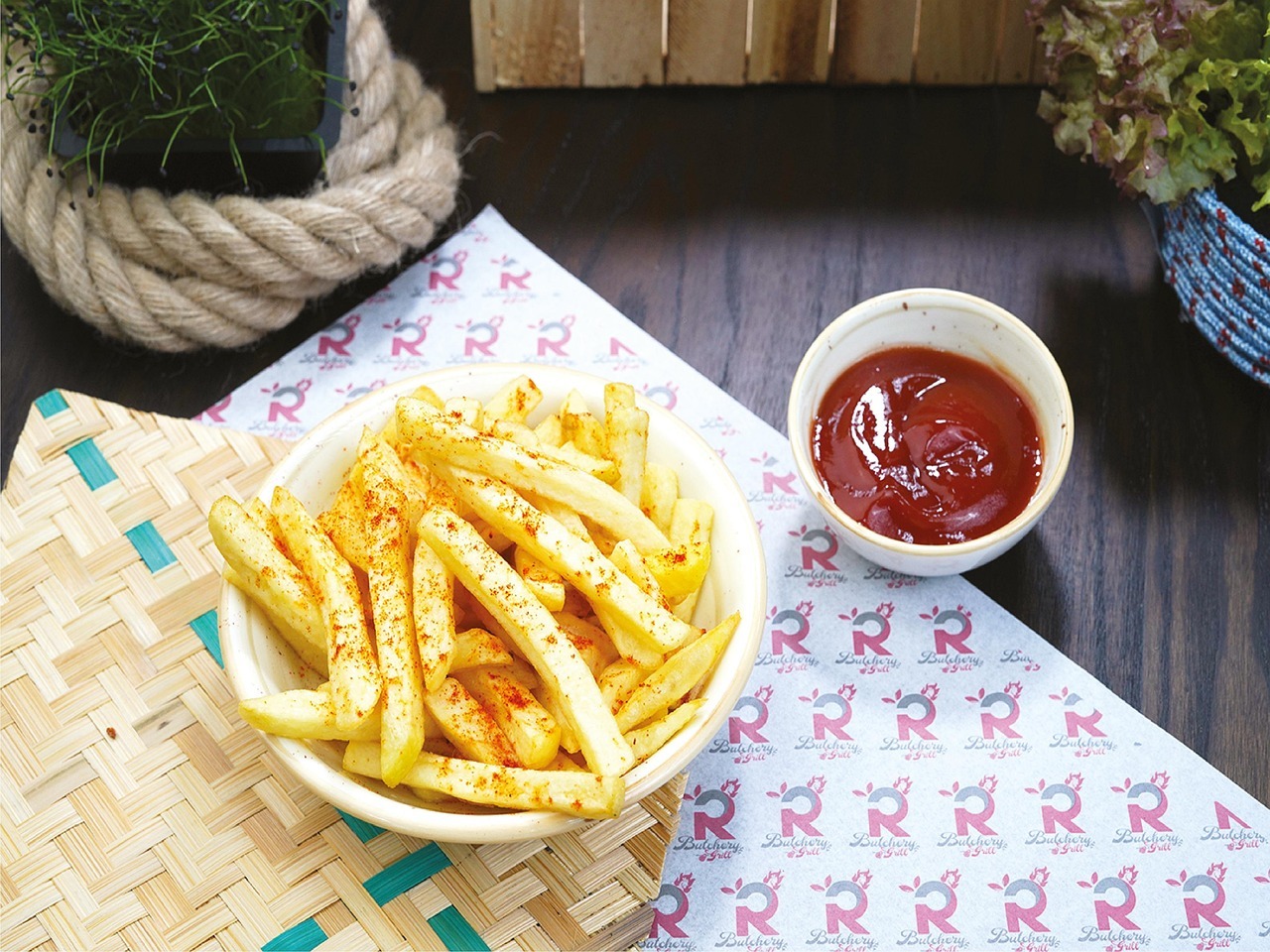13 Essential Filipino Dishes To Try On A Visit
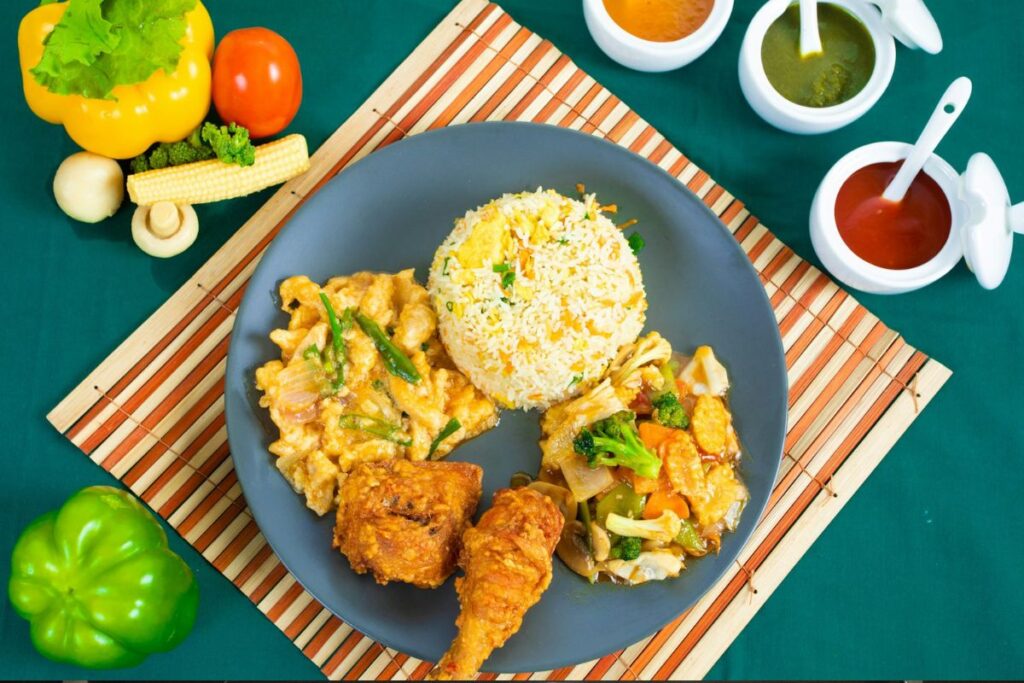
Filipino cuisine is a lively blend of indigenous, Asian, and Spanish influences that has shaped a remarkable range of flavors. Every dish tells a story about local ingredients, community, and family tradition. From sour soups to smoky roasted meats and sweet frozen desserts, the Philippines offers comfort and adventure in every bite. These foods are not only delicious but also expressions of national identity and hospitality. Here are thirteen essential Filipino dishes to savor when visiting the country, each offering a deeper understanding of its culture through taste, texture, and time-honored preparation.
1. Adobo
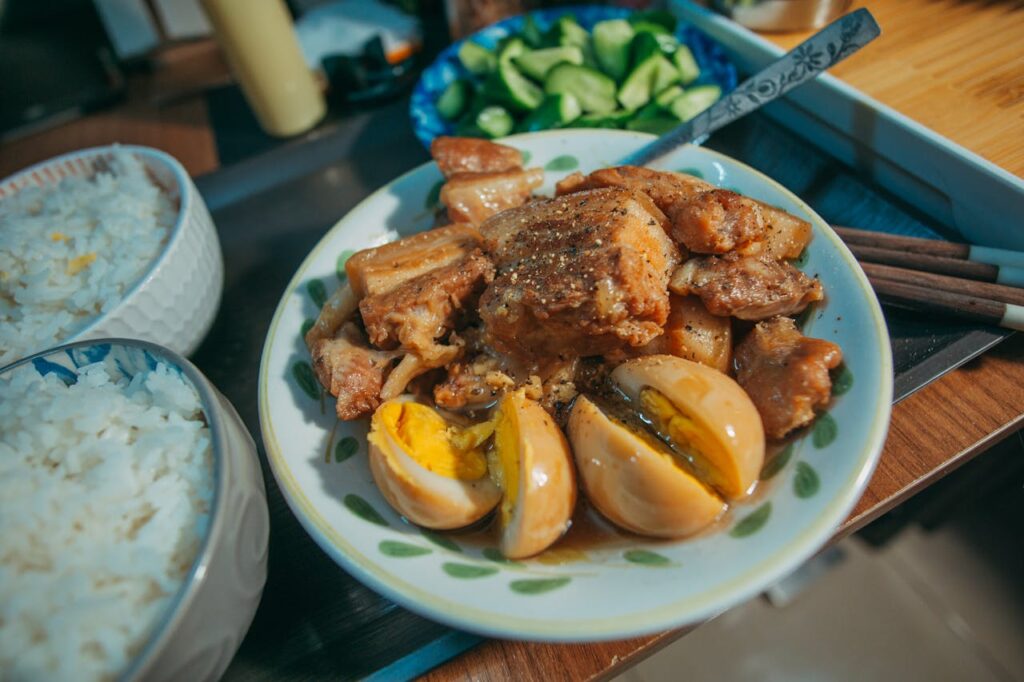
Adobo, the unofficial national dish of the Philippines, is a flavorful stew of meat braised in vinegar, soy sauce, garlic, and pepper. The slow simmering creates tender pieces coated in a rich, tangy glaze. Every household has its version, some dry and others saucy, revealing regional and personal touches. Served with rice, adobo represents both practicality and comfort, showing how Filipino cooks transform basic pantry items into something deeply satisfying and aromatic that never fails to feel like home.
2. Sinigang
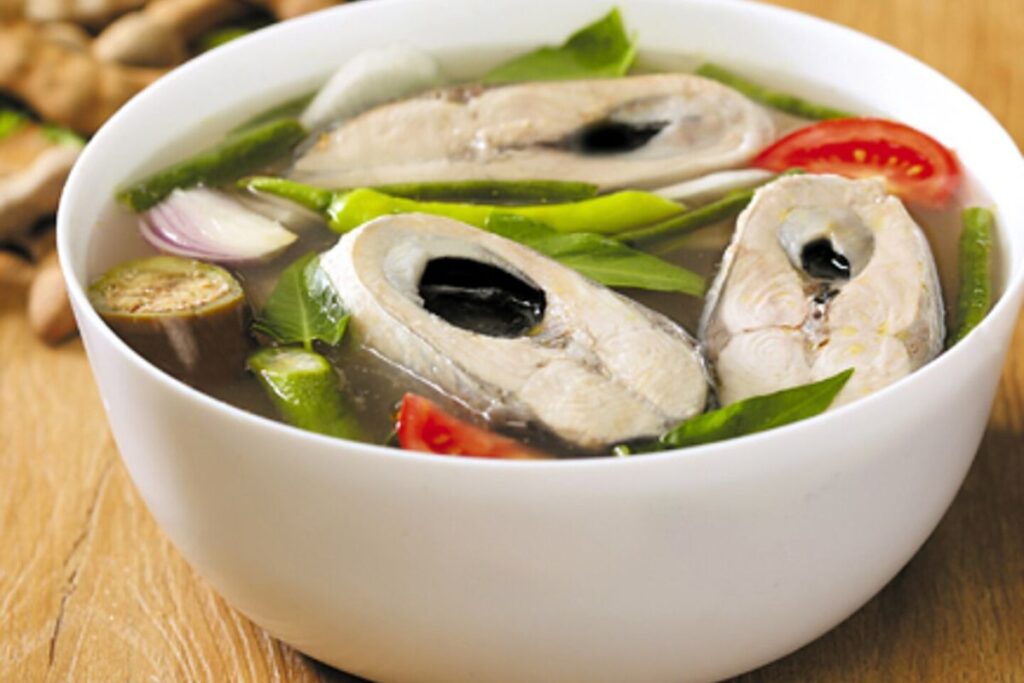
Sinigang is a sour soup that captures the Filipino love for tangy and comforting food. Made with tamarind, tomatoes, and vegetables, it can feature pork, shrimp, or fish simmered until tender in a gently acidic broth. The sourness cuts through the richness of meat and pairs beautifully with rice. Each region has a version using ingredients like guava or calamansi for unique flavor twists. Whether eaten on a rainy day or at a family meal, sinigang offers a bright and soulful taste of Filipino home cooking.
3. Lechon
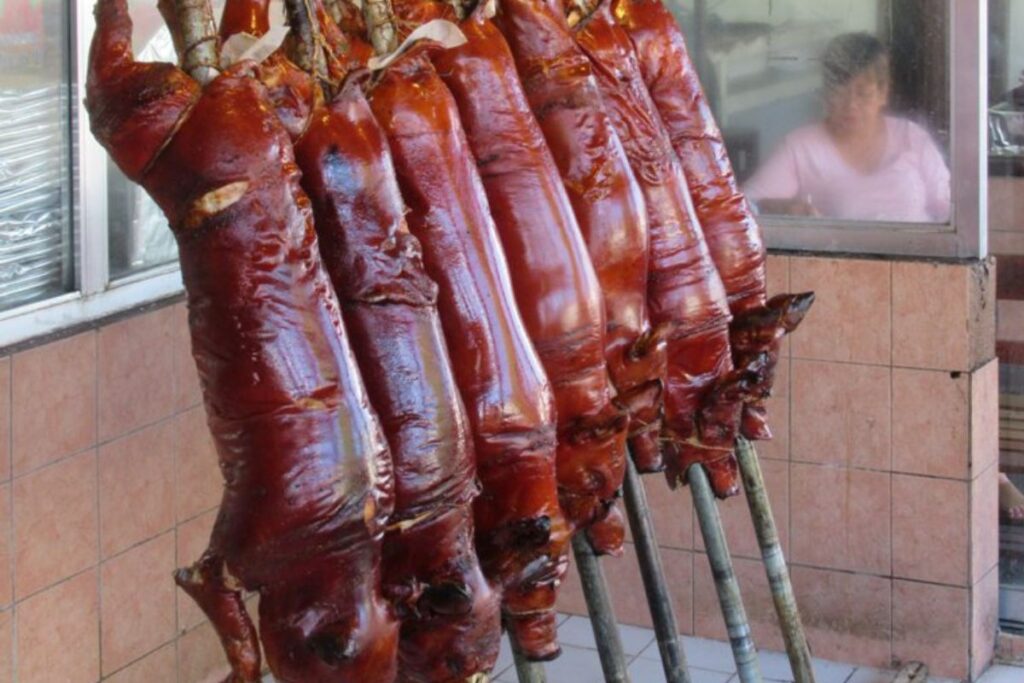
Lechon is the grand centerpiece of Filipino celebrations, a whole pig marinated, stuffed with herbs, and roasted slowly over charcoal until the skin turns crisp and golden. The result is meat that is smoky, juicy, and irresistibly rich. Slices are best eaten fresh off the spit, dipped in liver sauce or vinegar. Each region seasons it differently, but all share the same festive spirit. Lechon symbolizes abundance and unity, drawing people together to share a meal that embodies Filipino joy and hospitality.
4. Kare-Kare
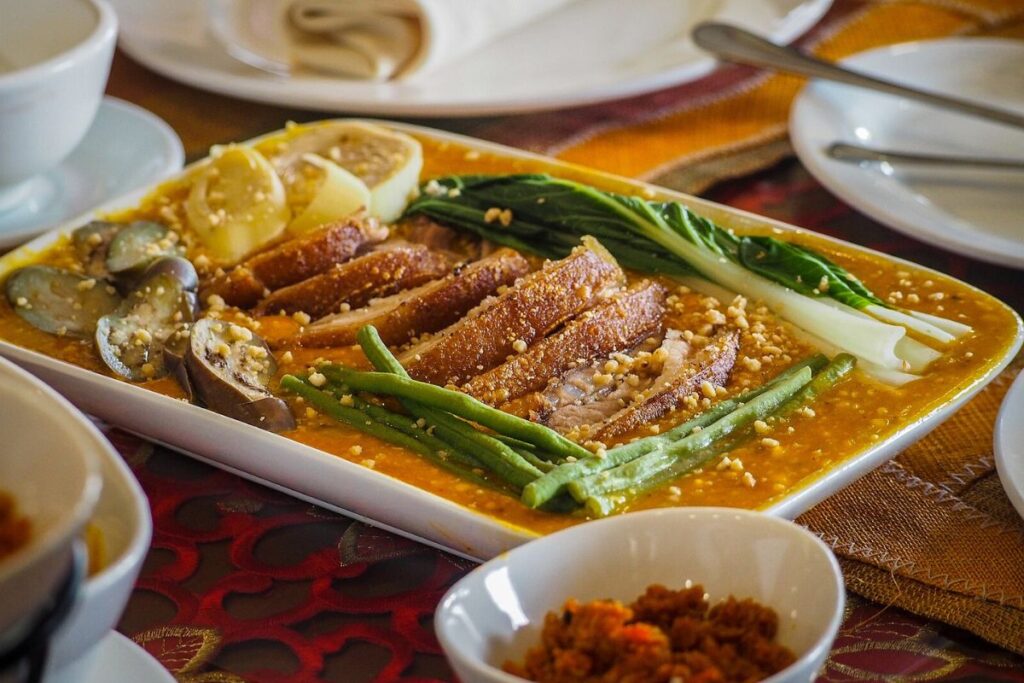
Kare-kare is a creamy peanut stew featuring oxtail, tripe, or pork hock cooked until tender with vegetables like eggplant and string beans. The nutty sauce is made with ground peanuts and toasted rice, creating a smooth, comforting texture. It is always served with bagoong, a salty shrimp paste that balances the richness. Kare-kare is often reserved for family gatherings and holidays, where its slow-cooked depth shines. This dish shows how Filipinos celebrate indulgence with warmth and generosity around the table.
5. Pancit
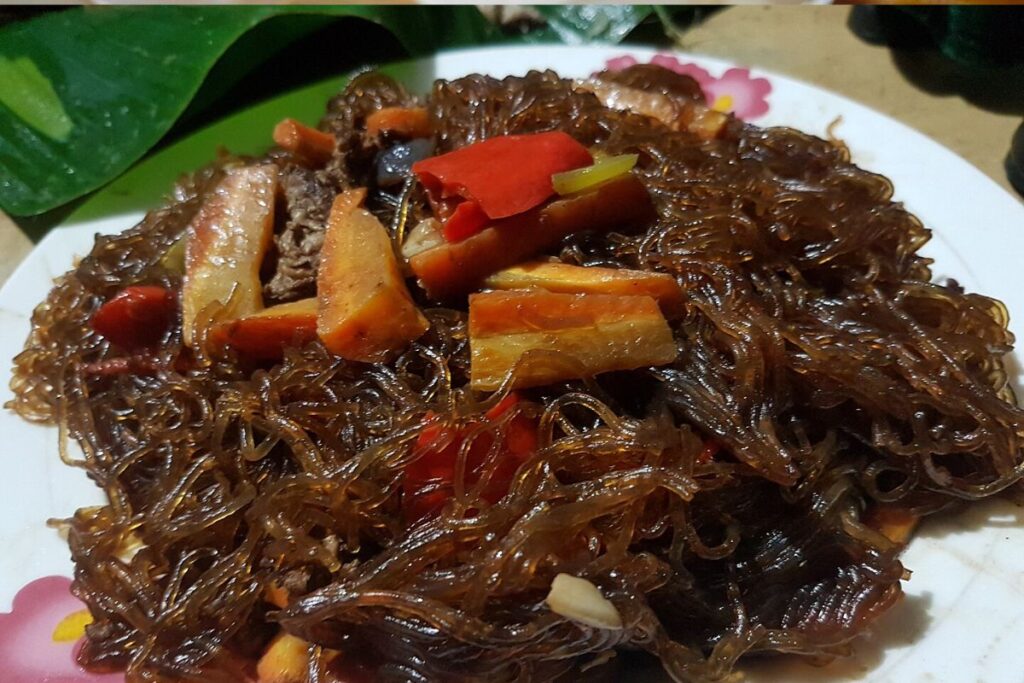
Pancit refers to the many noodle dishes enjoyed throughout the Philippines, symbolizing long life and good fortune. Influenced by Chinese cuisine, pancit is stir-fried or served in broth with vegetables, meat, and soy sauce for savory balance. Popular types include pancit bihon and pancit canton, each offering slightly different textures. It’s a go-to dish at birthdays, feasts, and casual meals. Light, flavorful, and satisfying, pancit captures how Filipinos blend cultures and create comfort food that brings people together.
6. Halo-Halo
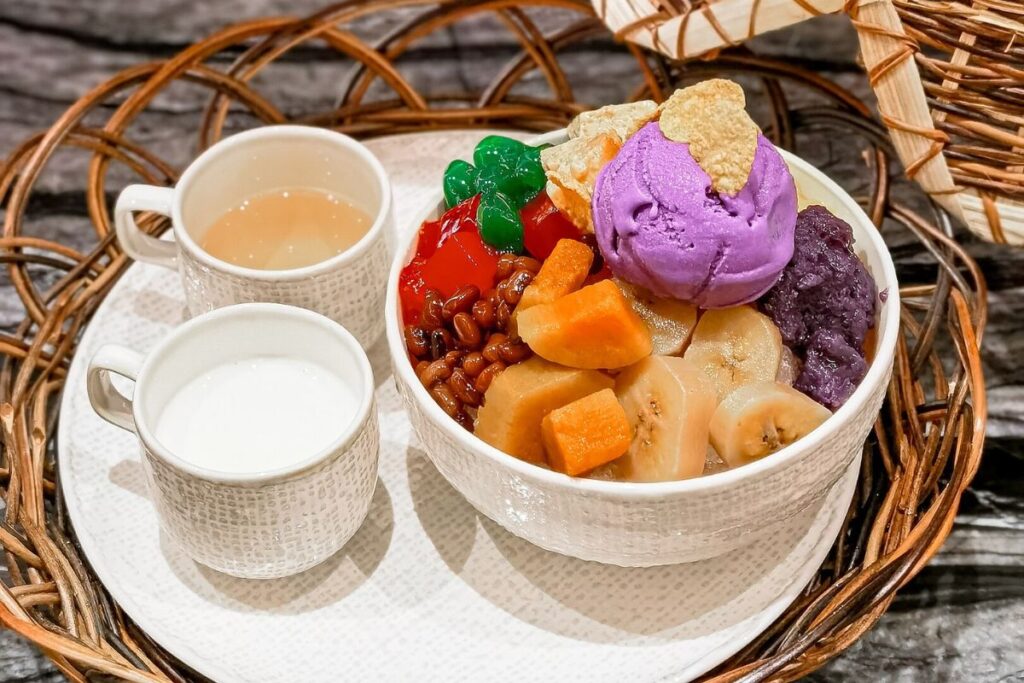
Halo-halo, meaning “mix-mix,” is the Philippines’ ultimate summer dessert, a colorful combination of crushed ice, sweet beans, fruits, jellies, leche flan, and ice cream. The variety of textures and temperatures makes every spoonful an exciting surprise. Sweet, creamy, and refreshing, it perfectly suits the tropical climate. Each vendor adds a personal touch, making no two halo-halos alike. It is a joyful, customizable dessert that reflects the Filipino love for fun, creativity, and balance of flavors in every cold, colorful bite.
7. Lumpia Shanghai
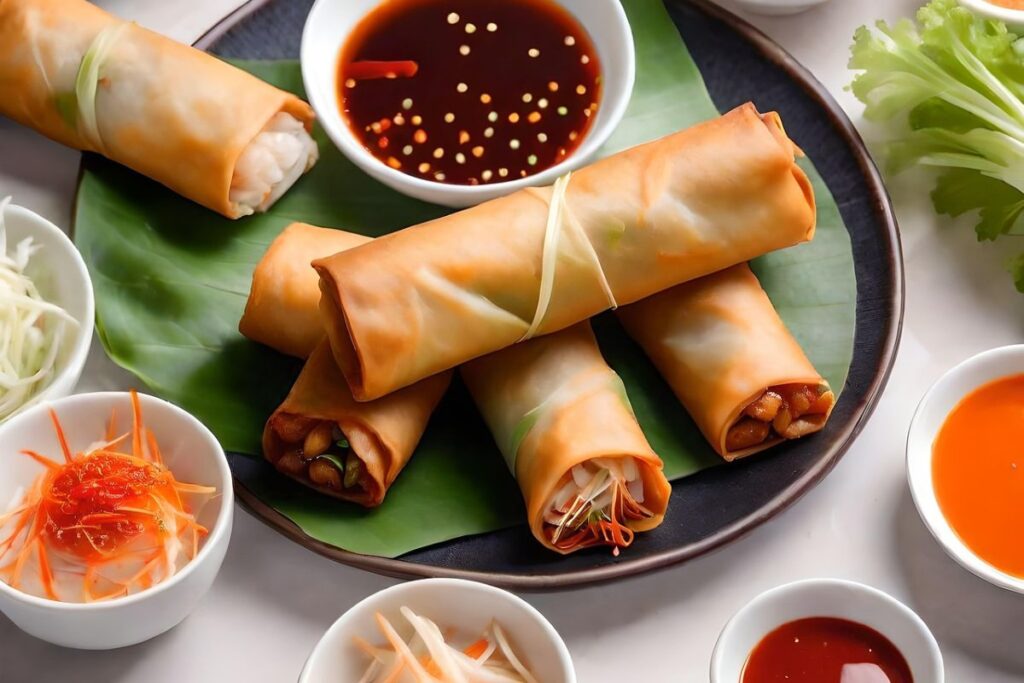
Lumpia Shanghai are crisp Filipino spring rolls filled with seasoned ground pork, vegetables, and spices, fried until golden and crunchy. Often served with sweet chili or vinegar dipping sauce, they are staples at birthdays, fiestas, and family gatherings. Their Chinese inspiration has evolved into a dish that feels entirely Filipino, celebrating hospitality and abundance. Bite-sized and addictive, lumpia are passed around tables as a symbol of sharing and celebration, proving that the simplest recipes often bring the most joy.
8. Bicol Express
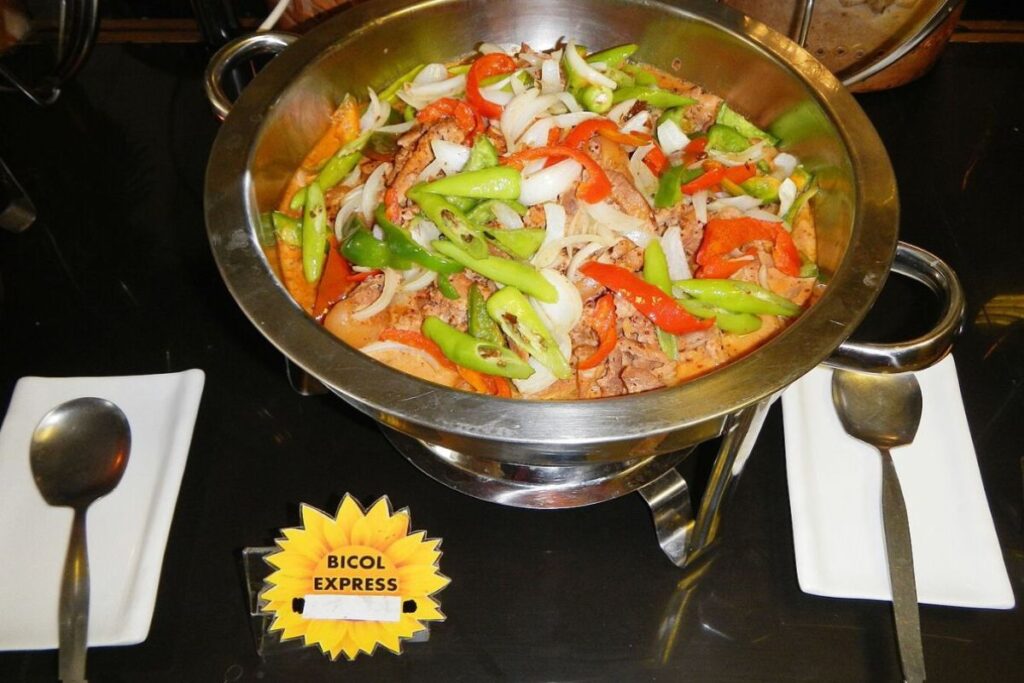
Bicol Express hails from the Bicol region, famous for its love of chili and coconut. The dish features pork simmered in coconut milk with shrimp paste and a generous amount of spicy peppers. It’s creamy, fiery, and deeply flavorful, balancing heat with sweetness. The name comes from the train route that once connected Bicol to Manila, symbolizing the dish’s journey to national fame. Best served with rice, Bicol Express reflects the region’s bold spirit and mastery of combining spice and richness.
9. Laing
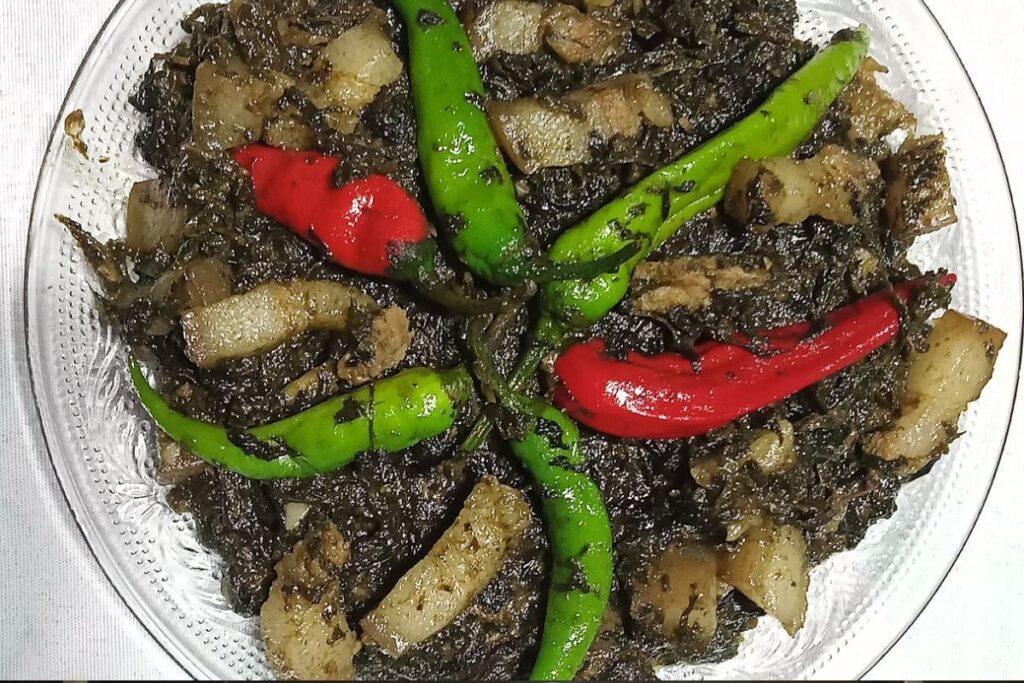
Laing is a comforting Bicolano dish made from dried taro leaves slowly cooked in coconut milk, chili, and shrimp paste. The leaves absorb the creamy sauce, resulting in a silky, fragrant texture with mild heat. It’s both humble and luxurious, showing how Filipino cooks transform simple ingredients into elegant flavors. Served with rice, laing offers warmth and complexity in each spoonful. This dish embodies patience, regional pride, and the deep connection between Filipino cuisine and the land that sustains it .
10. Chicken Inasal
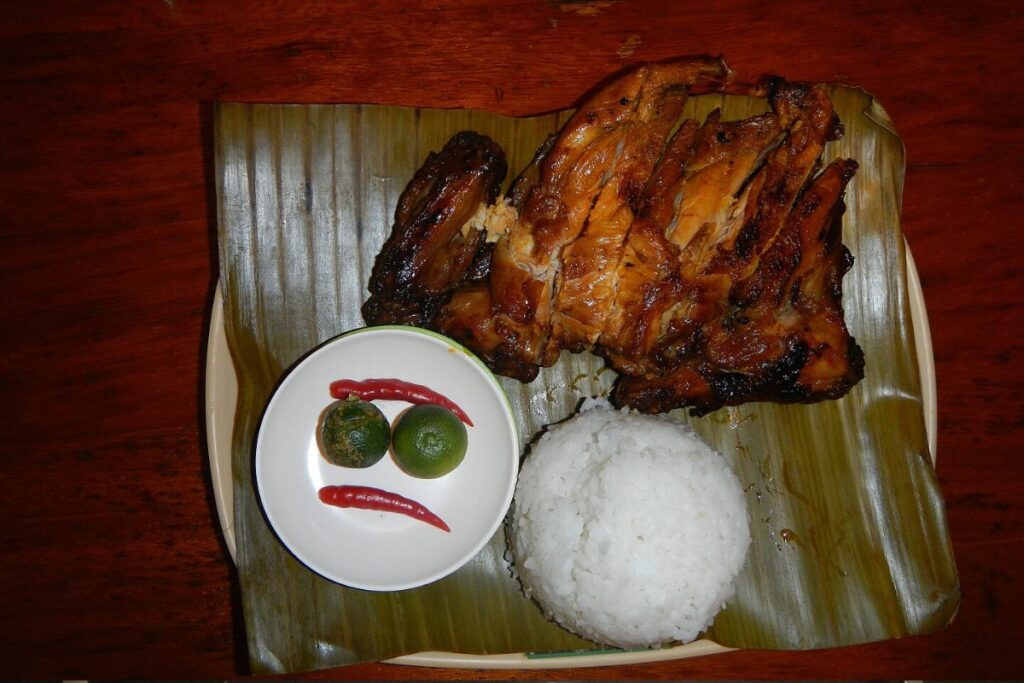
Chicken Inasal is a grilled specialty from Bacolod, marinated in vinegar, calamansi, garlic, lemongrass, and annatto oil. Grilled over charcoal, it develops smoky, tangy, and savory layers that make it unforgettable. The bright orange glaze gives the meat a distinctive look and aroma. Served with garlic rice and dipping sauce, inasal showcases the Visayan mastery of barbecue. Its flavor reflects Filipino love for grilled food that is simple yet full of depth, inviting both locals and visitors to share a hearty meal.
11. Sisig
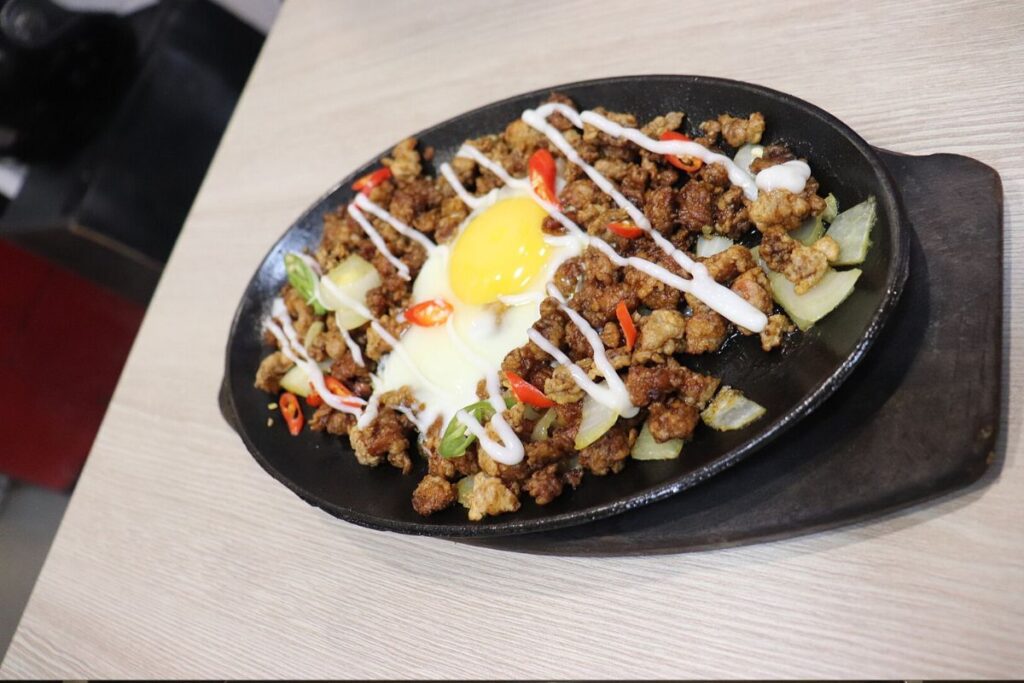
Sisig is a sizzling pork dish from Pampanga made with chopped pig’s head, onions, chili, and calamansi juice. Served on a hot plate, it crackles with aroma and flavor, offering a mix of crisp, chewy, and tangy textures. Once humble street food, sisig is now a national favorite enjoyed with rice or as bar food. Modern versions use chicken, squid, or tofu, proving its versatility. Each sizzling plate captures Filipino creativity and the ability to turn simple ingredients into bold, unforgettable meals.
12. Kinilaw
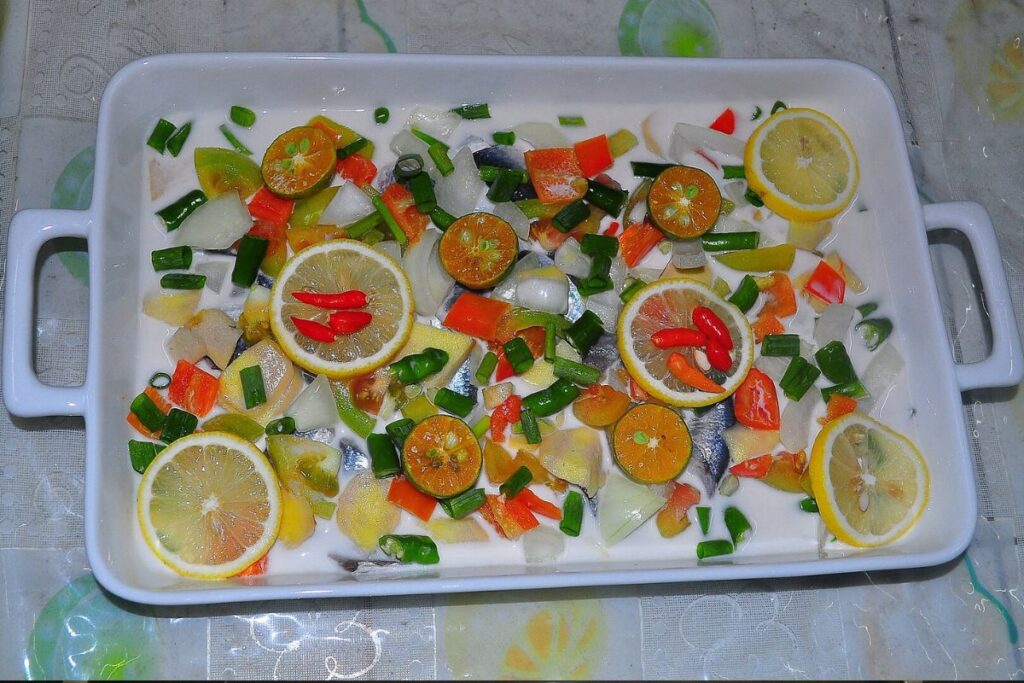
Kinilaw is the Filipino take on ceviche, using raw fish or seafood marinated in vinegar or calamansi juice with onions, chili, and ginger. The acid gently cures the fish, creating a bright, refreshing flavor that celebrates freshness. Popular in coastal towns, kinilaw is often enjoyed as an appetizer or paired with drinks. Each region adds its twist, sometimes with coconut milk or tropical fruit. Light and tangy, this dish reveals the Filipino respect for the sea and simplicity in cooking.
13. Pandesal

Pandesal is the soft, slightly sweet bread roll that defines Filipino mornings. Freshly baked at dawn, its aroma fills neighborhoods as locals line up at bakeries. The golden crust hides a fluffy interior, perfect with coffee, butter, cheese, or jam. Beyond breakfast, it represents community and comfort, a small daily ritual shared across generations. Pandesal’s simplicity and warmth mirror the Filipino spirit: modest, generous, and full of heart, offering a taste of home wherever you are in the world.





